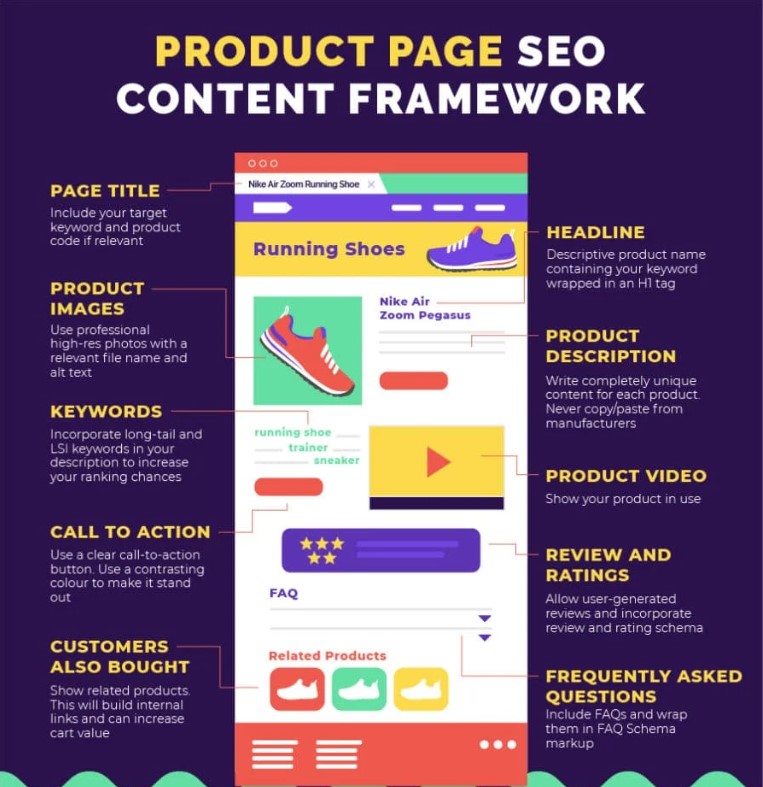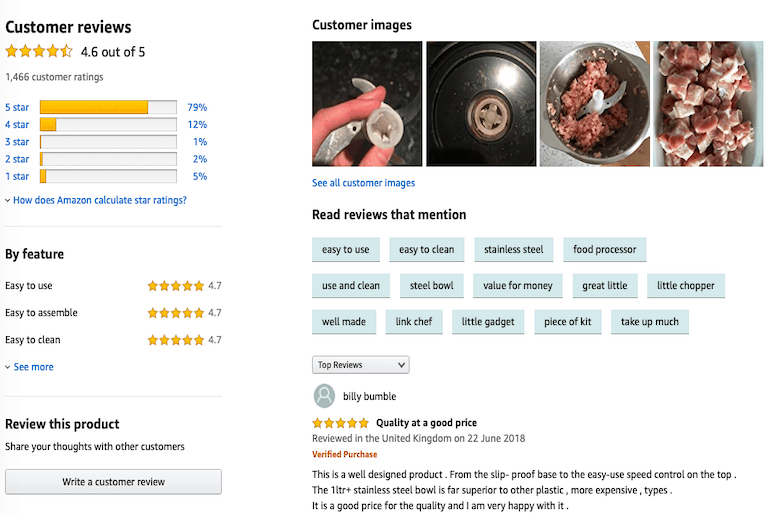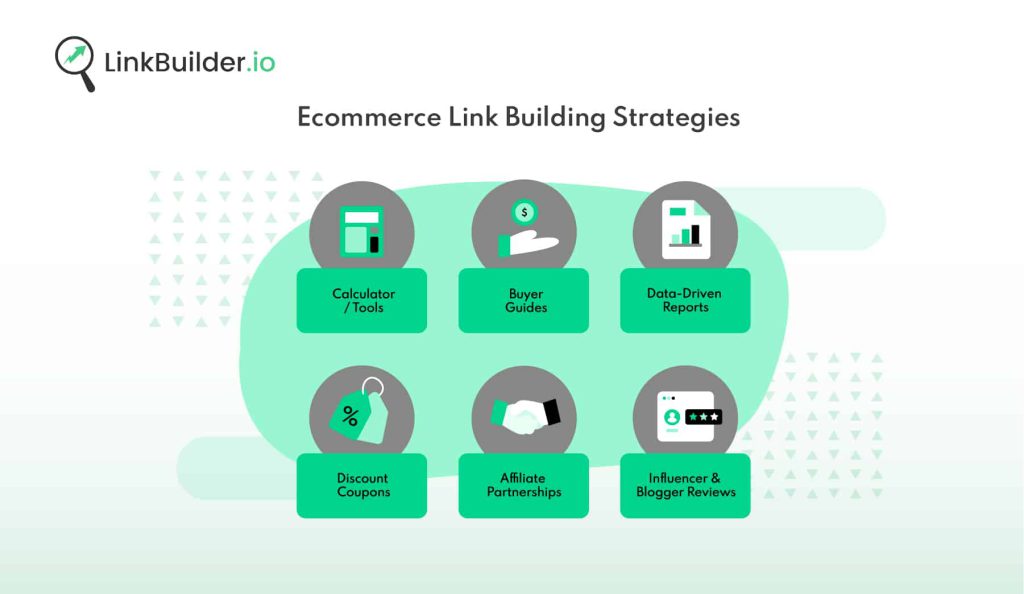SEO Strategy For Ecommerce Websites 2023
Creating an e-commerce SEO strategy that can drive sales, traffic, and revenue, will require in-depth research.
If you're starting a new e-commerce website or plan to update the existing online store, an effective SEO strategy for an e-commerce website is essential.
In this guide, find out how to do SEO for e-commerce product pages, actionable SEO tips and techniques for e-commerce websites.
Looking to outsource e-commerce SEO services? We can help!
What is Ecommerce SEO?
First of all, ecommerce SEO is the process of making your online store more visible in the search engine results pages (SERPs). You want to show up as high in search results as you can to attract customers to sell your products.
You can get traffic from paid search, but SEO costs much less. You should still optimize for search because ad blockers and ad blindness can reduce the effectiveness of paid search.
Hence, optimizing your headlines, product descriptions, meta data, internal link structure, and navigational structure for search and user experience are all part of ecommerce SEO. Moreover, you should have a page specifically created to attract visitors from search engines for each product you sell.
Table of Contents:
- What is e-commerce SEO?
- How to develop the best SEO strategy for your e-commerce website?
- How to do SEO for e-commerce websites? (Step-By-Step)
- On-Page SEO
- SEO for e-commerce product pages
- E-commerce Technical SEO
- Off-Page SEO for e-commerce website
- Key Takeaways
What is e-commerce SEO?
E-commerce SEO is the process of making your online store more visible in the search engine results pages (SERPs). You need to appear at the top in search results to attract customers to sell your products.
You can get traffic from paid search, but SEO costs much less. Optimizing for search is still crucial because ad blockers and ad blindness can reduce the effectiveness of paid search.
Hence, optimizing your headlines, product descriptions, metadata, internal link structure, and navigational structure for search and user experience are parts of e-commerce SEO. Moreover, you should a have page created specifically to attract visitors from search engines for each product you sell.
How to develop the best SEO strategy for your ecommerce website?
E-commerce SEO might seem like a big task, especially if you already have a website populated with multiple products. Undoubtedly, it could take time, but you can speed up the process with a strong strategy.
But how do you start?
01. Identify main product pages
Which of your site's pages receives the most traffic? Start with them.
Also, prioritize optimizing your main product if you want people to pay attention to it.
02. Establish the SEO tasks and workflow
Before indexing the pages, several SEO prerequisites must be satisfied.
Here's a list of the few SEO tasks:
- Keyword research
- URL optimization
- Mobile responsiveness
- Updating meta tags(Meta Title)
- Image optimization and ALT tags
- Updating product descriptions with keywords
03. Competitor Analysis:
One vital step is researching the current websites in the same industry as you.
For your e-commerce SEO strategy to rank higher than your competitors, you need to examine the websites of your main rivals and their SEO strategies.
Find methods to make yours better. We believe this could help you get a competitive edge.
Tip: Use SEO tools such as Ahrefs, SEMrush, and SpyFu to conduct an in-depth competitor analysis.
Read More: E-commerce SEO Checklist to Drive Sales in 2023
How to do SEO for ecommerce websites? (Step-By-Step)
The three types of SEO factors you should consider are
- On-Page SEO
- Technical SEO
- Off-Page SEO
Find out how you can optimize your e-commerce SEO for each category.
On-Page SEO
01. Meta Title Tag
One of the most crucial components of on-site search optimization is the 'SEO title tag'. An SEO title tag should contain the primary keywords you are aiming for and the company name.
As searchers will see this title tag as it appears in search results, you should minimize it to 70 characters and make it engaging.
02. Meta Description
The meta description is a 155-character summary of your company that will also appear in search results below the title tag.
However, it is not crucial in terms of keyword rankings. It should capture the attention of your reader and make them want to visit your website.
03. Website Content
Your page content should provide visitors with clear and simple information about your company and the products you sell. It shouldn't be too informative. Think about emphasizing your top few products and USPs on the site.
Cluttered pages can be confusing to both users and search engines. Be clear about what your website offers, or else Google will find it difficult to understand what you sell and who you're targeting with your products.
SEO for ecommerce product pages


Your online store product pages are the backbone of your website. Therefore, you should put a lot of effort into improving them. Many e-commerce site owners only post an image or a video with a few lines of text about each product.
For Google to find your product pages, you have to provide more details. Here are a few tips on how to SEO optimize product pages of your e-commerce website.
01. Product Name
Product name is used frequently in the SEO title and URL of the product page. Use a popular search term or keyword phrase in your product descriptions.
If you are selling "mugs", for instance, make sure the product name contains the words "mugs" or "cups." The keyword will then appear in both the SEO title and URL.
Also, when users share your products on Facebook or Pinterest, that term will appear in the post's title.
02. Image Optimization
Product page images are vital to boost sales and optimize SEO for your e-commerce website.
As an example, imagine yourself as your customer.
Are you more inclined to purchase a product from a website that accurately shows in as many angles as possible, from one with no images or with one small and unintelligible image?
Images are crucial for search engine optimization as well as for your buyers.
Here are a few tips to optimize your images:
- Save the product images with the item name and the primary keyword. For example, calvin-klein-mom-jeans.jpg instead of IMG0010.jpg for your product pages.
- Include keywords that buyers might use if they were searching for products.
- Include the product name and keyword in the image's ALT text when you add it to your product page. This boosts the accessibility of your website to everyone.
The outcome? As seen in the image above, your images now have a chance of showing up in Google Image Search, or as part of the additional media showing on the main search results page.
03. Add Videos
Add videos to your product page to give customers more assurance of their purchases. The video could contain introductory material about your product (like a commercial), a how-to-use guide or customer reviews.
DIY instructional movies, for instance, can show visitors how to use your products to make beautiful things. This can create more excitement towards your products. They'll be more likely to purchase your other products once they get excited about working with that product.
04. Include Customer reviews and testimonials


Allowing reviews is another technique to increase consumer confidence in your products.
Even negative ratings can have their benefits. If you have a high-cost item with excellent ratings and a low-cost one with average reviews, it stands to reason that customers will prefer the high-priced item, which will increase your company's sales.
05. FAQ
Conversions increase when you include product-specific FAQ content on your product pages.
Moreover, if customers have queries you are unable to address, they will look elsewhere for information and are likely to purchase from that source.
Another smart move is to provide a general FAQ page on your website. Increased customer confidence can result in more purchases. Therefore, you can provide answers to simple inquiries about your website's security, shipping, and return policies.
Read More: 5 Best Ecommerce Platforms For SEO in 2023
Technical SEO
01. Speed up page load time
Moreover, page load time affects rankings on both desktop and mobile devices. Google will give higher rankings for pages that load faster.
How can you speed up the page loading time?
Get rid of unnecessary plugins, codes, images, pages etc.
For instance, it is not necessary to use a large background image hidden by a white body column.
Furthermore, get rid of any plugins or add-ons that don't improve the bottom line of your e-commerce business.
02. Image Dimensions and Size
If a browser takes a long time to load your photographs, they are too large in size.
You can reduce an image's "weight" in half by shrinking it from 1,000 by 1,000 pixels to 500 by 500 pixels. Moreover, you can utilize JPG (JPEG) files of inferior quality to store your photographs.
Off-Page SEO for e-commerce website


Backlinks are another ranking factor Google considers when deciding where to place your pages in the SERPs. Your site becomes more authoritative when it receives more backlinks from top-notch websites.
For your e-commerce SEO strategy, backlink building doesn't have to be challenging.
One simple, white-hat method to build links is to guest post on blogs in your niche. Send three or more suggestions for prospective guest posts to the proprietors of the blogs you're interested in via email.
Here are some more link-building strategies for e-commerce:
- Tools
- Listicles posts
- Original reports
- Helpful buyer guides
- Affiliate partnerships
- Influencer and blogger
- Skyscraper technique by Backlinko
- Seasonal discount coupons and offers
Key Takeaways
So, with a clear idea of the primary product pages, SEO workflow and competitors, you can execute your SEO strategy well. Moreover, optimizing your on-page, off-page and technical SEO provide a better user experience and ranks your website higher on SERP.
If you found this article helpful, share it with your colleagues.
Get in touch with us to learn about the e-commerce SEO services we offer.
Read next: Top B2B Marketing Statistics For 2023




